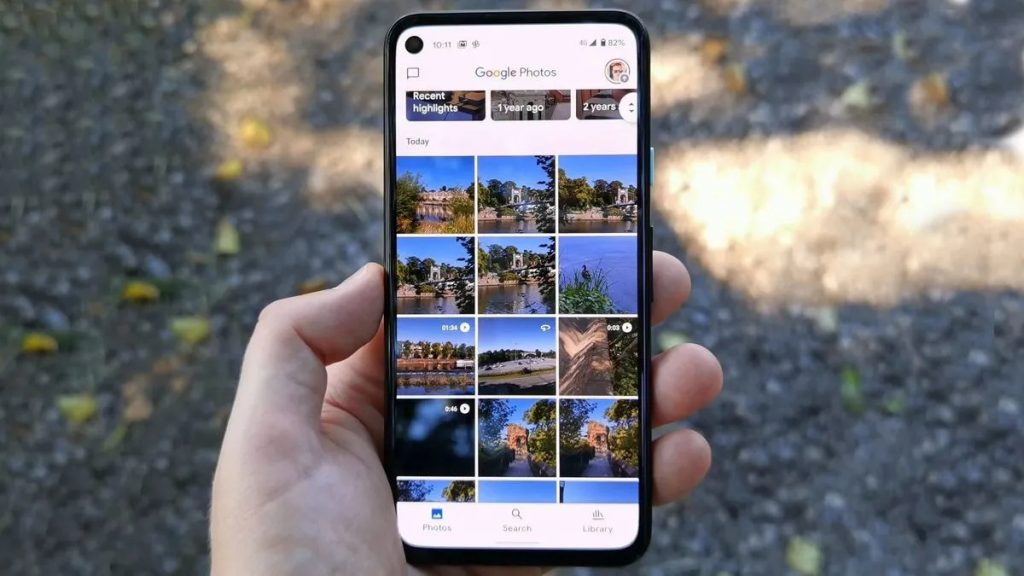Comparing Online Picture Storage: Free Vs. Paid Plans

In today’s digital world, our photos are more than just pictures; they’re snapshots of our favorite moments and memories. But where should we keep them all? Should we go with the free options, or are the paid plans worth the extra bucks?
Let’s dive into the fun battle between free and paid online picture storage to find out the best way to keep your memories safe and sound!
Why Does Online Picture Storage Matter?

The importance of online picture storage cannot be overstated. With the rise of digital photography, the volume of images we create daily has skyrocketed. Storing these images safely is crucial for preserving memories and maintaining a professional portfolio.
But with so many options available, how do you decide between free and paid plans?
The Basics of Online Picture Storage

Online picture storage, also known as cloud photo storage, is a convenient and secure way to keep your photos safe and accessible.
By uploading your images to remote servers, these services allow you to manage your photo collection from any device with an internet connection. This means you can access your favorite snapshots anytime, anywhere, without worrying about losing them due to hardware failures or accidental deletions.
Free Plans: The Upsides

Why pay when you can store your memories for free? Here are the fantastic upsides of opting for free plans!
Cost-Effective
The most apparent advantage of free plans is the cost—or lack thereof. You can store your photos without spending a dime, which is especially appealing for hobbyists or those just starting their photography journey.
Plus, many free plans come with generous storage limits and basic editing tools, making it a perfect solution for casual photographers who want to keep their memories safe without breaking the bank.
Easy Accessibility
Most free plans offer easy access to your photos from any device. This convenience is perfect for those who need to access images quickly or work across multiple devices.
Basic Features
Free plans often come with essential features like automatic backups and basic editing tools. These features can be sufficient for those with minimal storage needs or who do not require advanced functionalities.
Free Plans: The Downsides

While free plans save you money, they often come with limitations like reduced storage space and fewer features. Here’s a look at the downsides you might encounter.
Limited Storage Space
The biggest drawback of free plans is the limited storage capacity. Many services cap free storage at a few gigabytes, which can quickly fill up if you’re storing high-resolution images.
Lower Security
Free plans may offer less robust security features compared to their paid counterparts. This can be a concern for professionals who need to protect their work from unauthorized access.
Ads and Data Mining
Some free services keep costs down by displaying ads or collecting user data, which can feel intrusive and might compromise your privacy. Additionally, you might encounter slower upload speeds and limited customer support, making the overall experience less enjoyable.
Paid Plans: The Benefits

Investing in a paid plan unlocks premium features like increased storage, enhanced security, and advanced editing tools. Here’s how paying for storage can elevate your photo-saving experience.
Ample Storage Space
Paid plans typically offer generous storage options, allowing you to store thousands of high-quality images without worrying about running out of space.
Enhanced Security
With a paid plan, you often get advanced security features like encryption, and two-factor authentication. This added layer of protection is crucial for safeguarding your valuable work.
Advanced Features
Paid plans come with a plethora of advanced features, such as professional-grade editing tools, AI-powered organization, and priority customer support. These features can streamline your workflow and enhance your productivity.
Paid Plans: The Drawbacks

While paid plans offer premium features, they come with a monthly or annual cost that can add up over time. Here’s a look at the potential drawbacks of opting for paid storage.
Cost
The primary disadvantage of paid plans is the cost. Monthly or annual fees can add up, making it a significant investment, especially for small business owners on a tight budget.
Overwhelming Options
With so many paid plans available, choosing the right one can be overwhelming. It’s essential to carefully evaluate your needs and compare different services before committing.
Commitment
Some paid plans require long-term commitments, which may not be ideal if your storage needs fluctuate.
Photography Backups: Why Are They Crucial?

Regardless of whether you choose a free or paid plan, regular backups are essential. Backups ensure that your photos are safe from data loss due to hardware failure, accidental deletion, or cyberattacks. Using multiple storage solutions can provide an additional layer of protection.
Blomp offers free storage accessible from various devices, including Windows, Mac, Linux, iPhone, and Android. Sign up today for 200GB of free storage.
Blomp: The Ultimate Choice
Whether you’re a photography enthusiast or a business in need of visual assets, selecting the right cloud-based photo storage is essential for your digital toolkit.
By understanding your requirements, you can choose a service with features that perfectly align with your needs.
If you’re seeking a dynamic platform for photo storage, then Blomp is the ideal choice for you.
